Blueblossom, also known as Blue Blossom, Blue Brush, or Blue Mountain Lilac, is a perennial evergreen shrub scientifically named Ceanothus thyrsiflorus. Belonging to the Rhamnaceae family, this versatile shrub originates from southwestern North America, thriving in hardiness zones 5 through 9.
Characterized by its vibrant flower clusters, Blueblossom showcases a stunning range of colors, from soft white and light blue to deep purple and dark blue. The flowers are tightly packed into ball-like clusters, adding a striking visual appeal to gardens. This hardy plant can grow to impressive heights, often exceeding 6 meters, making it an excellent choice for hedges, screens, or ornamental features in gardens across the West Coast.
| Common name | Blueblossom, Blue Blossom, Blue Brush, Blue Mountain Lilac |
| Botanical name | Ceanothus thyrsiflorus |
| Family | Rhamnaceae |
| Species | thyrsiflorus |
| Origin | Southwestern North America |
| Life cycle | Perennial |
| Plant type | Shrub |
| Hardiness zone | 5, 6, 7, 8, 9 |
| Sunlight | Full Sun |
| Maintenance | Low |
| Soil condition | Loam |
| Soil ph | Acid |
| Drainage | Well-Drained |
| Growth rate | Fast |
| Spacing | 6 ft. – 12 ft. |
| Harvest time | Fall |
| Flowering period | Spring |
| Height | 4 ft. – 14 ft. |
| Flower color | Blue |
| Leaf color | Green |
| Fruit color | Brown, Copper |
| Fruit type | Capsule |
| Fruit benefit | Edible |
| Leaf benefit | Long-lasting |
| Flower benefit | Showy |
| Garden style | Butterfly Garden |
| Uses | Recreational Play Area |
I. Appearance and Characteristics
Ceanothus thyrsiflorus, known as blueblossom or blue blossom ceanothus, is an evergreen shrub in the buckthorn family Rhamnaceae. The term ‘Californian lilac’ is also applied to this and other varieties of ceanothus, though it is not closely related to Syringa, the true lilac.
The Latin genus name Ceanothus is derived from the Ancient Greek, keanothos (κεάνωθος; ‘spiny plant’). The name was originally used by Theophrastus for another plant, and Linnaeus reused it for Ceanothus.
The Latin specific epithet thyrsiflorus is derived from the Ancient Greek thyrsos (θύρσος; meaning a ‘contracted panicle, wreath, or thyrsos’) and the Latin florum (gen. ‘flower’), and so, thyrsiflorus means approximately ‘with flowers arranged in the shape of a contracted panicle or thyrsos staff’.
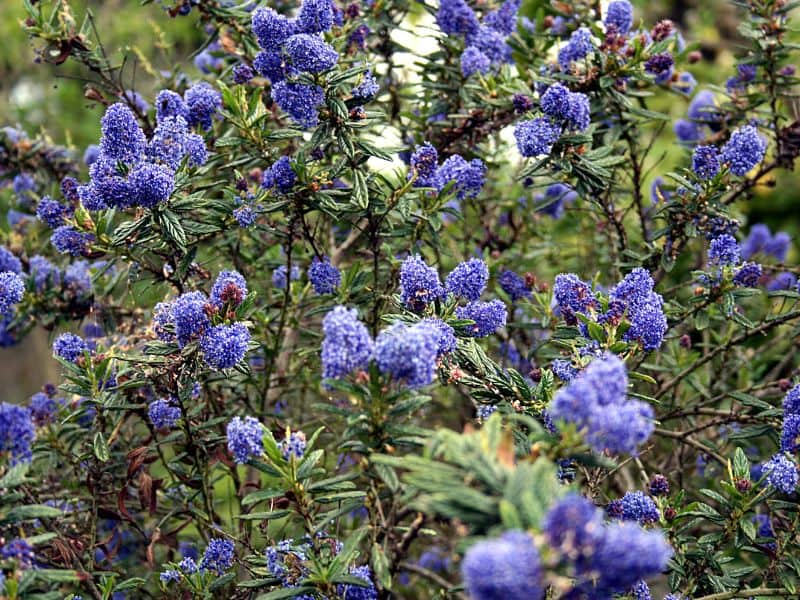
The hardiest of the California wild lilacs, Ceanothus thyrsiflorus (Blue Blossom) is a large, upright, evergreen shrub noted for its large fluffy clusters, 8 in. long (20 cm), packed with pale to dark blue flowers dotted with yellow stamens. Blooming from mid-spring to early summer, the flowers are so profuse that they literally cover the shrub, transforming the plant into an explosion of blue. The blossoms are borne on arching branches clad with small, lustrous green, oval leaves.
Fast-growing, Blue Blossom is native to the coastal chaparral and rocky, maritime, open, and wooded slopes, bluffs, and flats along the western coast of the United States from California north to Oregon.
Its flowers are important for bees, moths, and butterflies, and its seed pods are an important food source for birds and small mammals. Adding exquisite beauty to the landscape, it can be grown in sunny shrub borders, screens, hedges, against walls, and open slopes.
II. How to Grow and Care
Blueblossom thrives best in a garden setting with specific yet easy-to-meet conditions. A key special care point is minimal watering post-establishment, as blueblossom is drought-tolerant. Another special care consideration is to avoid excessive fertilization, as blueblossom prefers soil that is not too rich in nutrients.
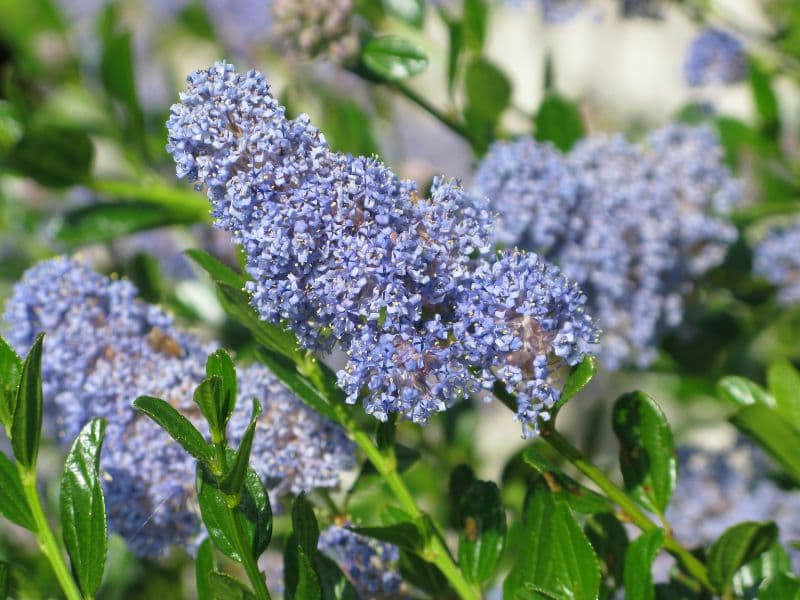
Sunlight and Soil
The plant requires full sun exposure and well-drained soil to flourish.
Blueblossom thrives in average, moist to dry, well-drained soils in full sun. Appreciates afternoon shade in hot summer areas. Tolerant to salt spray, and poor, shallow, rocky to sandy soils.
Watering
Originating from the coastal regions of California, blueblossom is adapted to a Mediterranean climate with wet winters and dry summers. This shrub has developed moderate drought tolerance and thrives in environments that mimic its native habitat’s moisture levels.
Watering for blueblossom should be spaced out to once every 1-2 weeks, ensuring deep soil hydration without waterlogging. As an evergreen plant, blueblossom maintains its foliage year-round, requiring consistent moisture levels to support its leaves’ transpiration needs, especially when grown outdoors
Fertilizing
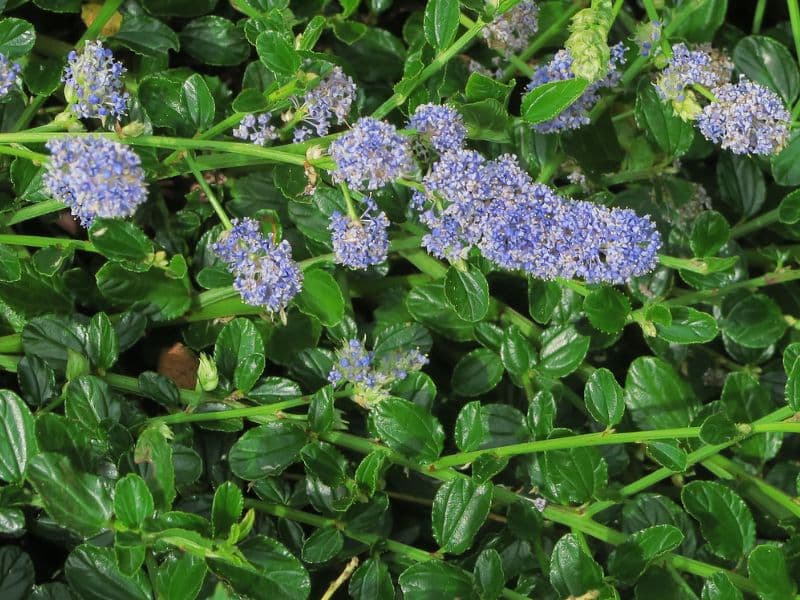
For blueblossom, a balanced or high-nitrogen fertilizer fosters lush foliage and vibrant blooms. During active growth in spring and summer, apply a 10-10-10 or high-nitrogen formula monthly at manufacturer’s recommended rate. Benefits include improved vigor, increased flowering, and disease resilience.
Avoid over-fertilization, which may harm delicate roots. In fall and winter, reduce feeding to support natural dormancy. Practical tip: Water blueblossom before and after fertilizing to aid nutrient absorption and prevent root burn.
Propagation
Blueblossom best propagates through cuttings during Spring and Summer. The process is relatively easy, with successful propagation indicated by fresh root development. Ensure appropriate moisture levels and avoid direct sunlight during initial growth.
Transplanting
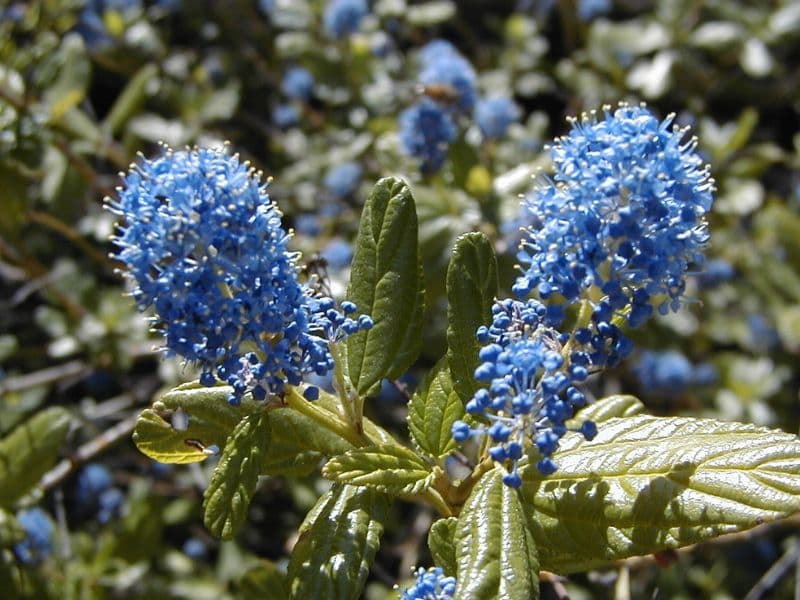
The perfect time to transplant blueblossom is between mid-spring and late spring, or from late fall to late winter. This is when the plant establishes its roots best. Choose a location with well-drained soil and adequate sunlight. Remember to water blueblossom regularly after transplanting for optimal growth.
Overwintering
Blueblossom originates from the mild Mediterranean climate of California. Naturally adaptive to temperate winters, it remarkably stays evergreen. Gardeners should ensure blueblossom is well-watered but not over-saturated, and protected from harsh frosts.
Its hardscape should be shielded from heavy snowfall, and mulching at the base can offer freeze protection. By understanding these winter adaptations, enthusiasts can contribute to blueblossom’s healthy bloom in the following spring season.
Repotting
Repot blueblossom every 2-3 years, ideally during spring to match its growth cycle. As a bush that can grow large, choose a pot that accommodates its root system without crowding. Post-repotting, use well-draining soil and place in a sunny spot. Ensure moderate watering to prevent root rot, as blueblossom requires attentive care to thrive after repotting.
III. Uses and Benefits
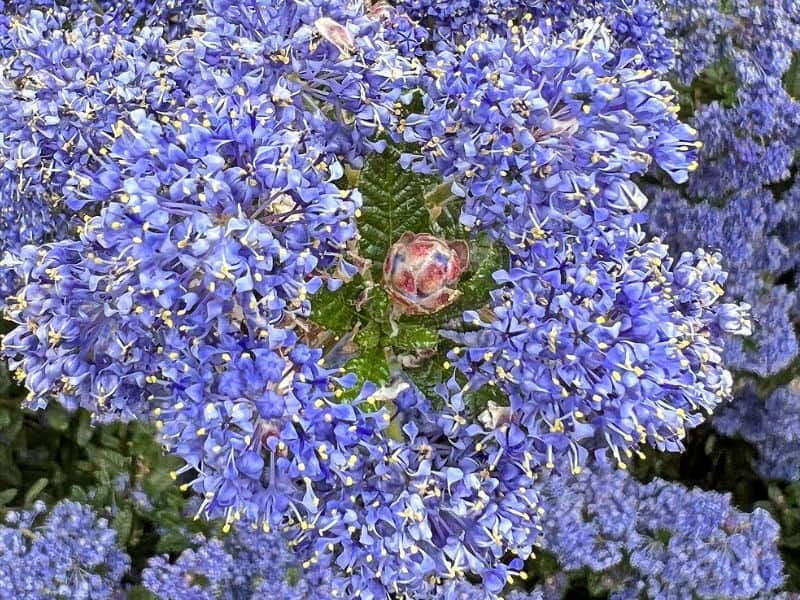
Blueblossom is an evergreen shrub that is common in the West Coast region of the United States. The flower clusters on this plant are tightly grouped into balls and colors range from purple and white to light blue and dark blue. Ceanothus thyrsiflorus can grow more than 6 m tall.
Find Where to Buy the Best Blue Blossom (Ceanothus thyrsiflorus)







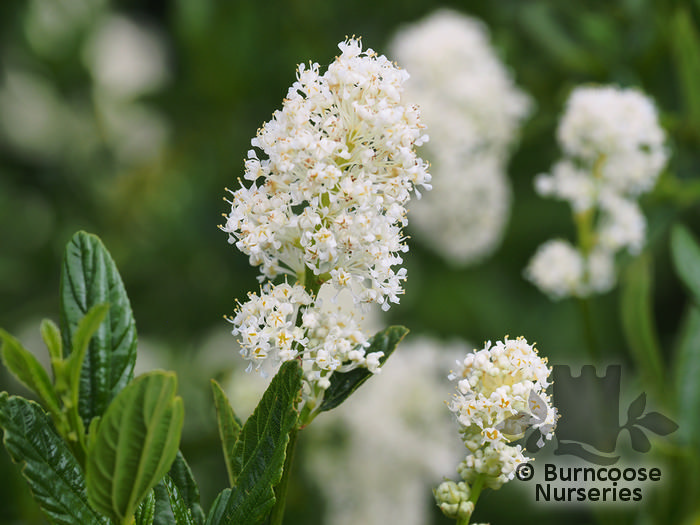

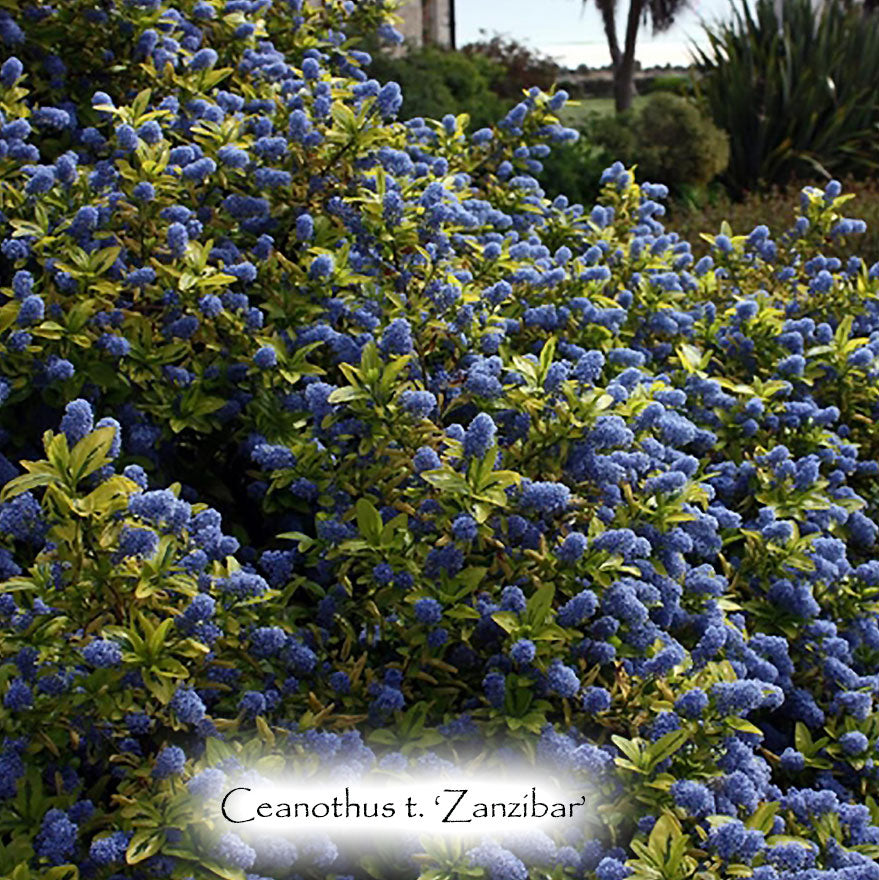
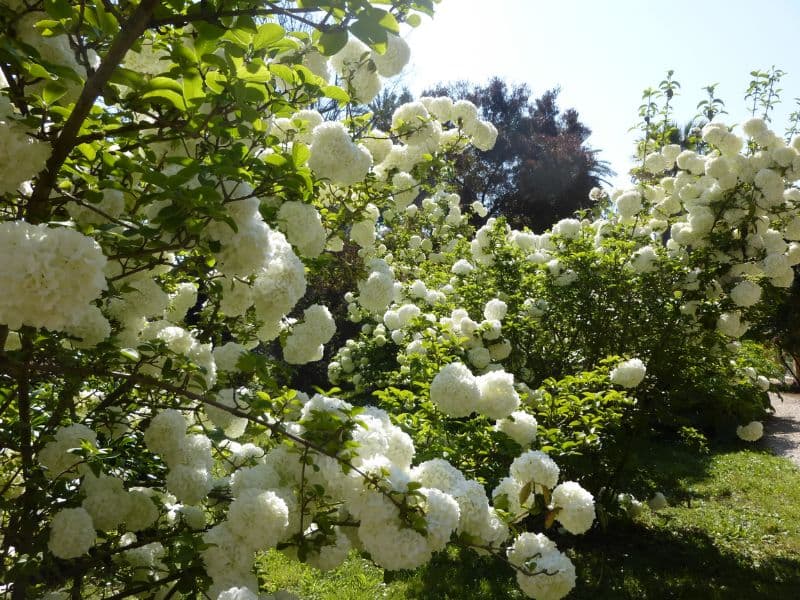
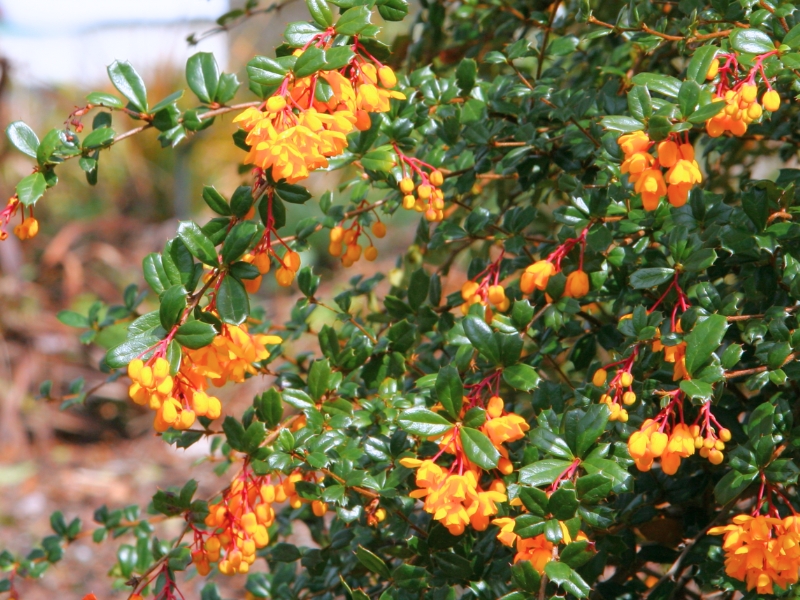
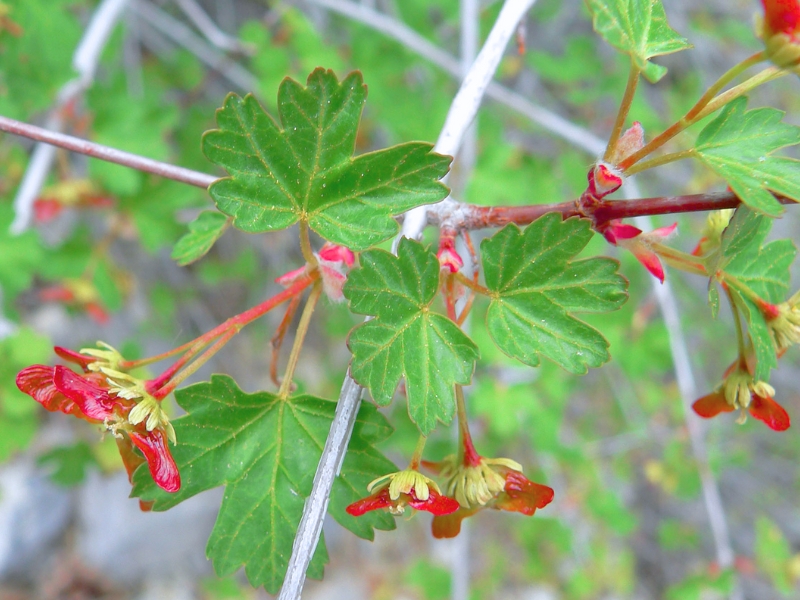
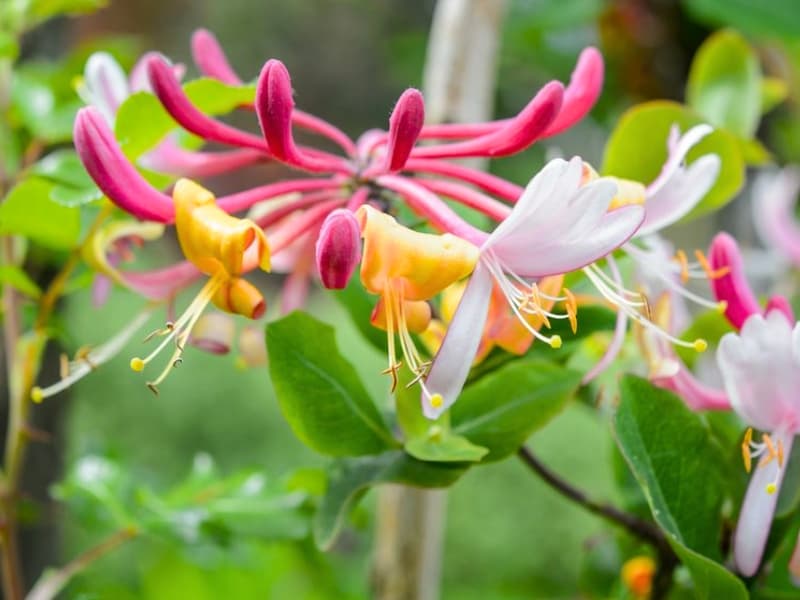
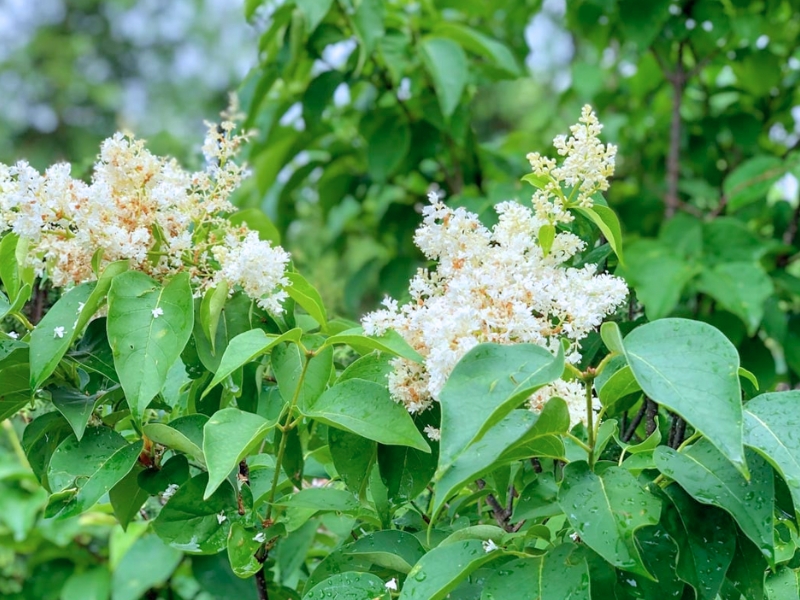
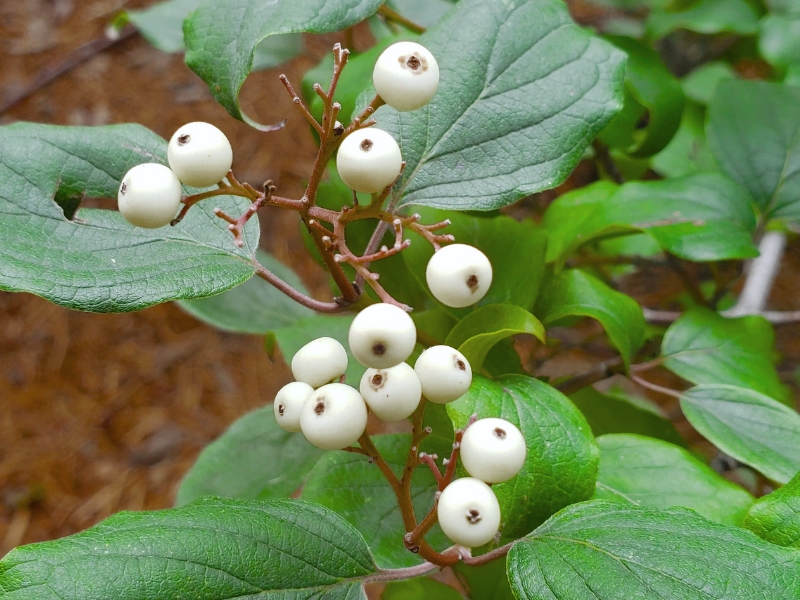
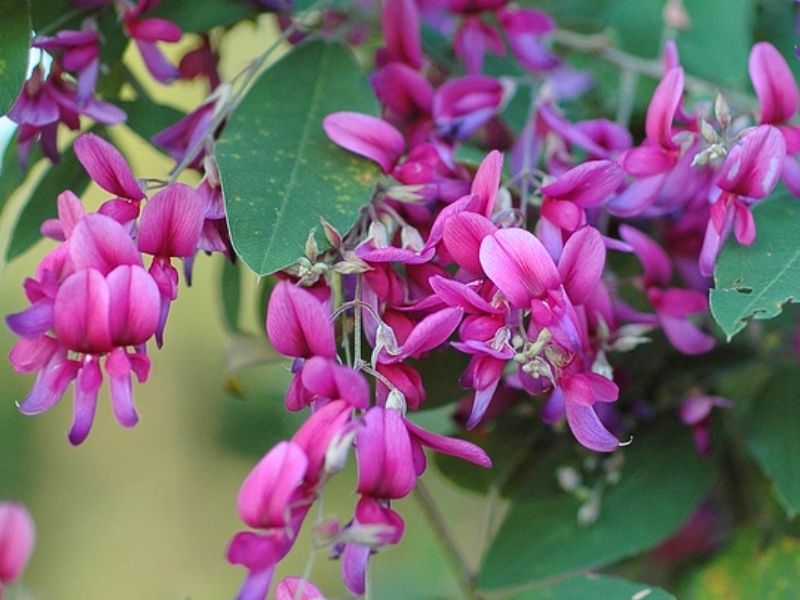
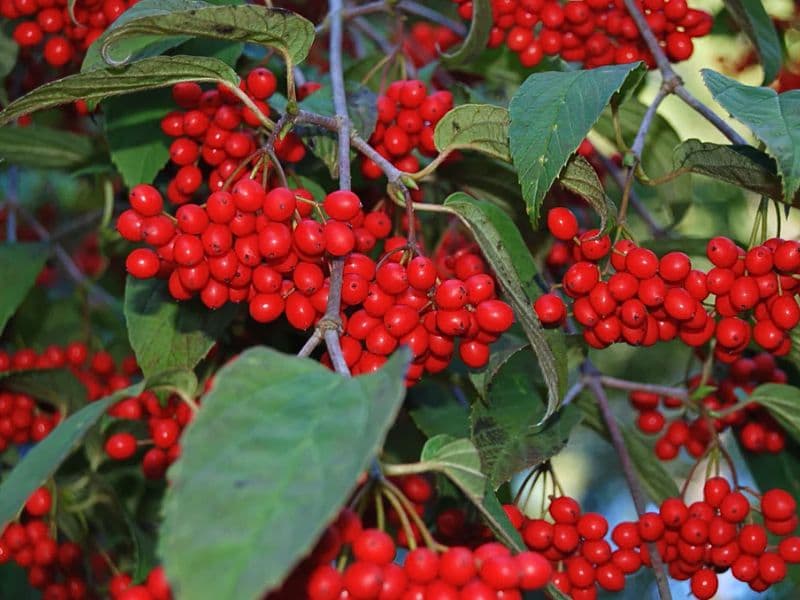
Leave a Reply